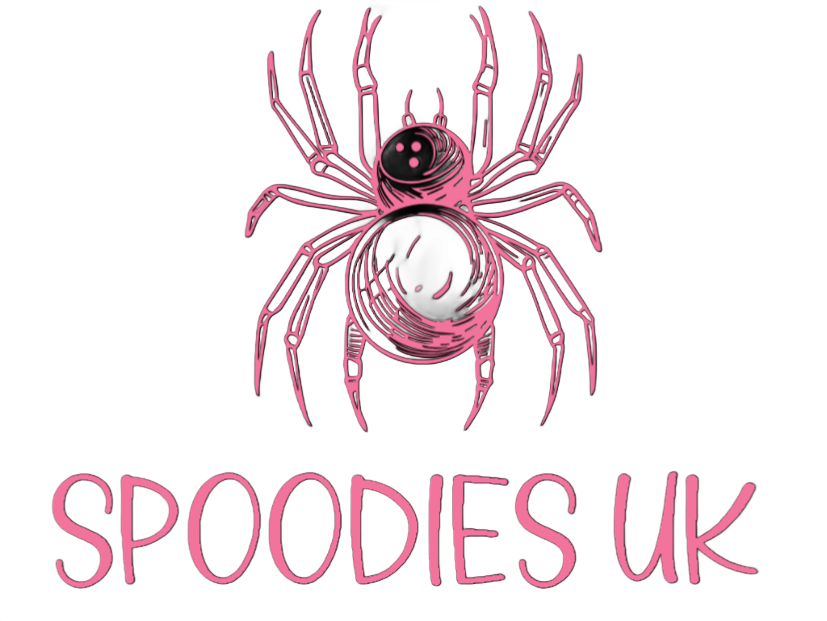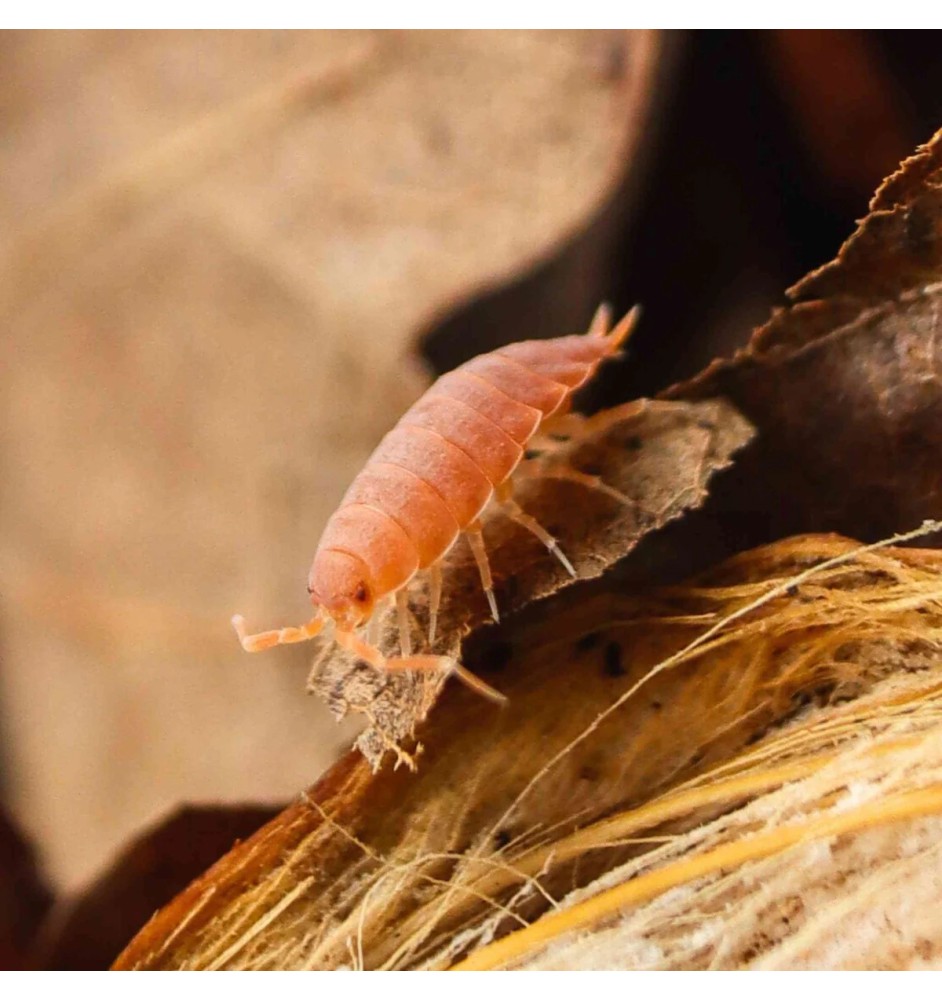Powder Orange
Powder Orange Isopods have garnered attention because they:
-
Are visually vibrant and appealing
-
Excel at waste cleanup in bioactive ecosystems
-
Are robust and straightforward to care for—very beginner-friendly
-
Reproduce rapidly, sustaining and contributing to terrarium health
-
Offer an engaging way to explore micro-ecosystems and decomposition
What Are "Powder Orange" Isopods?
Powder Orange refers to a cultured color morph of the species Porcellionides pruinosus, prized for its vibrant, powdery orange appearance
Size & Appearance
-
Adults typically range 10 mm (around ¼–½ inch) in length
-
Their orange color is often overlaid with a powdery, matte sheen, giving them a unique visual texture
Behavior & Lifestyle
-
They are highly active, surface-oriented, and one of the fastest-breeding isopods, making them ideal for bioactive clean-up crews
-
Adaptable to a wide range of environments, they thrive in both arid and tropical setups—even with modest humidity and temperature control
Why the "Hype"?
They’ve become increasingly popular—or "hyped"—in the terrarium and hobbyist communities for several key reasons:
1. Fantastic Cleanup Crew
Powder Orange Isopods are eager detritivores. They consistently consume decaying plant matter, shed skin, and other waste, helping maintain substrate health and reducing mold and harmful bacteria
2. Hardy and Beginner-Friendly
These isopods tolerate a broad spectrum of conditions—temperatures from about 19 °C to 29 °C (65–85 °F) and moderate to high humidity—making them easy to care for even for beginners
3. Rapid Reproduction
They breed quickly and prolifically, enabling cultures to grow fast—great for both self-sustainability and providing feed for other species such as spiders, amphibians, or reptiles
4. Aesthetic Appeal
Their warm, orange hues and powder-like coating make them visually striking—perfect for bioactive terrariums and pleasing to the eye as more than just functional cleanup crew
Care Essentials
| Factor | Recommendation |
|---|---|
| Enclosure | A well-ventilated container with substrate layers (e.g., soil, moss, leaf litter), hiding spots like cork bark |
| Temperature | Ideally 21–27 °C (72–80 °F), tolerating 19–29 °C |
| Humidity | Prefer higher humidity (≥50%), ideally 75–85%, with a partial moisture gradient |
| Diet | Decaying organic matter, leaf litter; supplement with veggies, fish flakes, shrimp pellets, and protein to enhance breeding and coloration |
| Colony Growth | Very prolific—quick to establish and expand populations |


